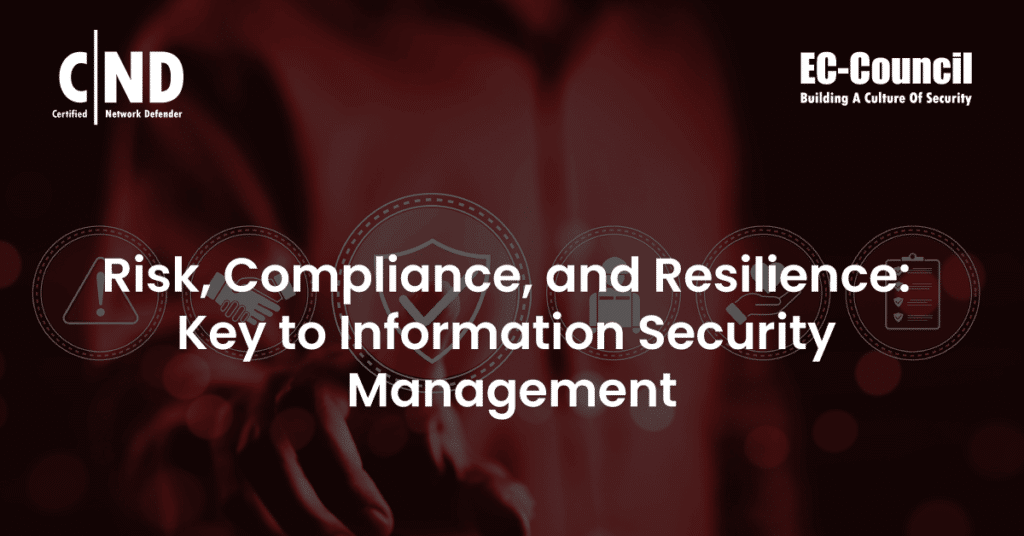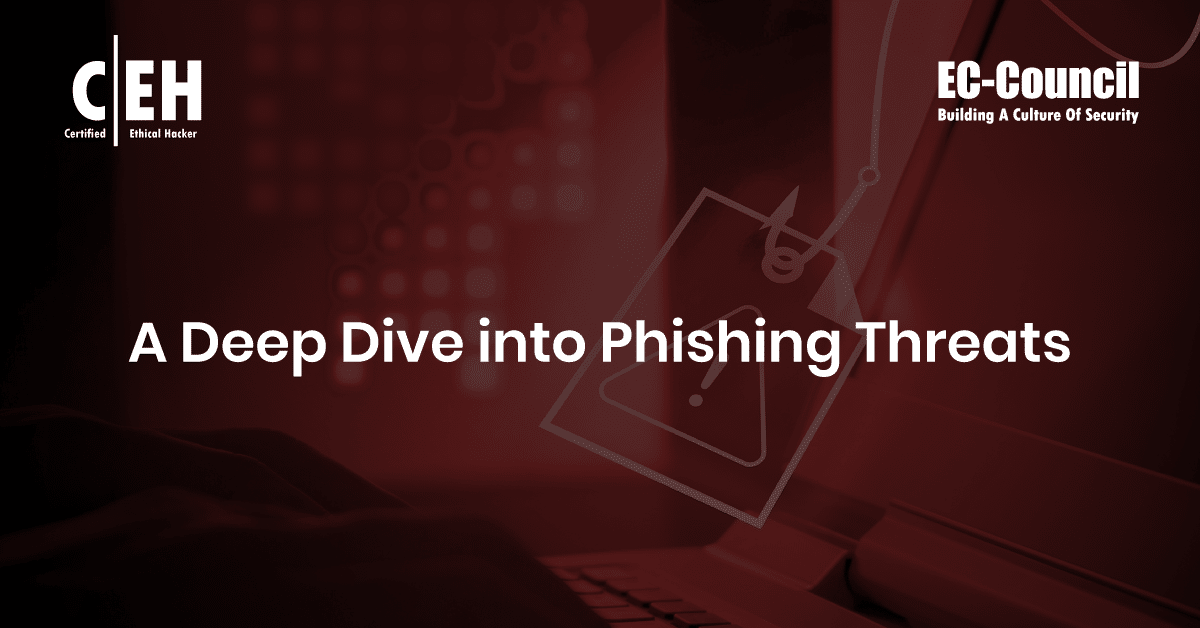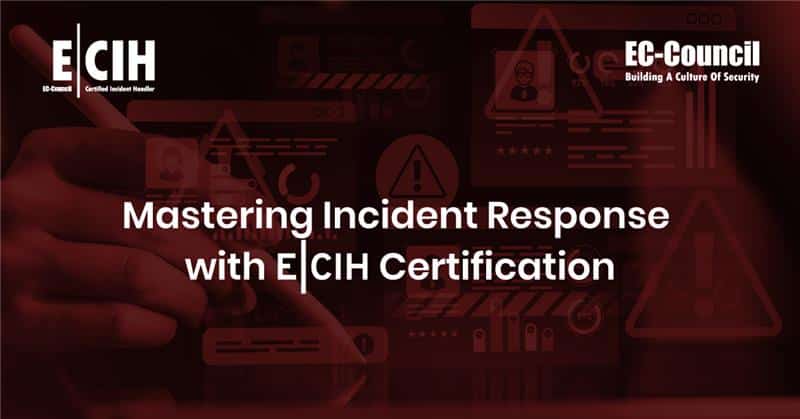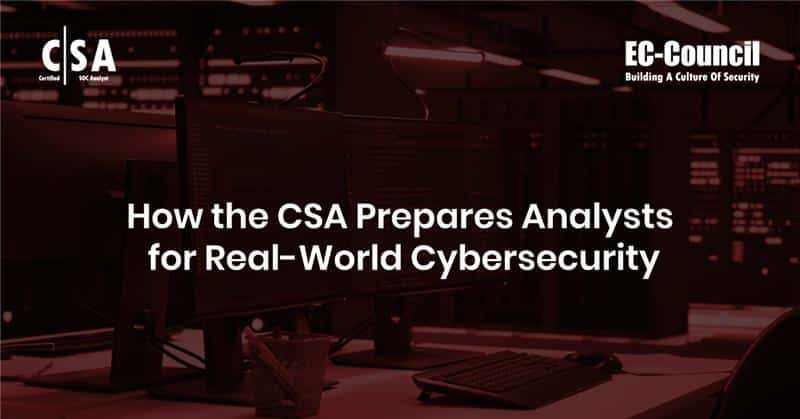Risk, Compliance, and Resilience: Key to Information Security Management
The governance, risk, and compliance (GRC) framework lies at the core of an organization’s information security policies. These regulatory mandates allow businesses to minimize risk to their digital infrastructure and data and operate freely in a digital environment teeming with information security threats. This blog is based on a recent webinar from EC-Council’s CyberTalks series, wherein the author delved into the process of understanding, developing, and implementing a compliant risk management framework.
The Interconnection Between Risk, Compliance, and Resilience
To maintain a resilient security posture, organizations must integrate risk, compliance, and resilience into a unified framework that operates in synergy. The interconnection between these three components ensures that an organization can effectively navigate challenges while aligning with legal, regulatory, and strategic objectives.
Risk management begins with identifying risks and understanding potential risks. Following this, a risk assessment determines the likelihood and potential impact of risks on operations and overall company performance. Finally, risk mitigation strategies must be developed to reduce the probability or impact of the identified risks.
Compliance focuses on adherence to legal and regulatory requirements. Organizations must follow applicable laws and industry-specific standards. In addition to legal regulations, organizations must also address industry-specific guidelines appropriately. They must also establish internal policies, procedures, and standards to embed these compliance requirements into daily operations.
Resilience cannot be achieved unless both risk and compliance are effectively managed. Once risks have been identified and compliance measures implemented, the foundation for long-term organizational resilience is established. When determining the most effective framework for their organization, companies must consider the broader business landscape, overall strategic direction, and operational orientation.
How Information Security Unites GRC
A common question may arise regarding the significance of GRC in information security. In today’s digital landscape, where most business operations rely on information, the importance of information security cannot be overstated.
In the past, knowledge was considered the key to everything. However, in the current era of information, success depends on having the right information and implementing an effective management system to utilize it properly and derive value from it.
Several critical outcomes can be achieved by developing, implementing, and managing a security program within an organization:
- Strategic alignment at the organizational level
- Establishment of a robust risk management system
- Extraction of value from data
- Resource optimization
- Effective performance measurement
- Integration of assurance processes
Risk Assessment and Management
Risk identification is the foundation of a successful information systems management framework. It serves as the essential starting point, and it is widely acknowledged that all processes must begin at this stage.
Listed in the image are some of the key steps typically used in risk assessments, offering a structured approach to identifying and managing risks. While the model is flexible and can be adapted to suit organizational needs, most follow a similar framework to ensure effective risk evaluation.
Effective risk management starts with understanding the organization’s context and gathering input to identify and consolidate risks. Risks are then analyzed by likelihood and impact, categorized, and addressed with appropriate controls. Ongoing monitoring and periodic reviews (every 6–12 months) refine effectiveness. Clear communication and reporting ensure informed decisions across the organization.
Risk Tolerance and Response
Effective risk management begins with a clear understanding of five core concepts: risk capacity, risk appetite, risk tolerance, risk target, and risk limit. Once risks are identified, these elements form the foundation for selecting appropriate risk treatment strategies.
A crucial starting point is defining the risk appetite and risk tolerance of the organization.
- Risk appetite outlines the level and type of risk the organization is willing to accept to achieve its strategic goals.
- Risk tolerance defines the maximum risk that can be absorbed for specific areas.
- Risk limits act as thresholds to ensure exposure stays within acceptable boundaries, aligned with organizational targets.
Risk treatment decisions may lack relevance or effectiveness without a solid grasp of these principles.
After identification and analysis, the focus shifts to implementing appropriate responses—both technical and organizational. Risks should never be ignored; doing so can lead to significant operational disruptions or long-term harm. Unaddressed risks often escalate, becoming more damaging over time. Proactive management ensures resilience and sustained performance.
Upon identifying a risk and evaluating possible responses, four standard options are available:
- Risk Termination: If a risk is deemed too severe, with a potential impact that far exceeds the organization’s risk appetite and tolerance, the related activity may be terminated altogether.
- Risk Transfer: If the risk is moderate but the organization lacks the necessary human or technological resources to manage it effectively, it may be transferred to a third party, such as an external service provider better equipped to handle it.
- Risk Mitigation: If the risk is manageable and its impact is not significantly harmful, organization’s can implement measures to reduce its likelihood or severity.
- Risk Acceptance: When the impact level of the risk is low and unlikely to affect security, privacy, or legal obligations, it may be accepted as a part of operational reality.
Ultimately, a thoughtful and structured approach to risk management—grounded in an understanding of capacity, appetite, and tolerance—must be adopted to protect the organization and ensure long-term resilience.
Effective Risk Management
Effective risk management doesn’t end with strategy development—it hinges on continuous performance evaluation. Field experience across various industries shows that even the most advanced risk management systems can fail without proper tools to assess their effectiveness.
The selection of key risk indicators (KRIs) must be tailored to each organization and its sector. However, several guiding criteria can help identify meaningful metrics:
- Focus on KRIs linked to high-impact risks. These indicators offer the most value and provide a strong foundation for risk measurement.
- Prioritize indicators that can be implemented, measured, and reported, when multiple indicators offer similar sensitivity to risk changes.
- Combine quantitative (e.g., percentages, incident counts) and qualitative indicators (e.g., expert judgment, employee feedback) for a well-rounded assessment.
- Select KRIs that are reliable predictors or outcome indicators, as effective KRIs should show a high correlation with the risk they measure.
- Chosen indicators must accurately reflect shifts in risk levels and directly represent the specific risks being tracked.
Compliance
Compliance is often misunderstood as a legal or HR issue, but it’s a shared responsibility across all business units and leadership. For global companies, it’s critical for avoiding penalties, protecting trust, and enabling secure cross-border operations. Maintaining compliance across jurisdictions requires ongoing legal, technical, and HR coordination, along with regular risk assessments and policy updates. Continuous employee training and the use of automation tools are essential to stay ahead of regulatory changes. Ultimately, compliance must be integrated into long-term business strategy, aligning with and supporting the organization’s evolving goals and risk landscape.
Becoming and Staying Compliant
Compliance is not a one-time task but an ongoing process requiring continuous effort. Key frameworks like the General Data Protection Regulation (GDPR), which applies globally to any company handling EU citizens’ data, set the standard for data privacy. In cybersecurity, ISO/IEC 27001 guides the development and improvement of information security systems, demonstrating strong data protection practices. The EU Cybersecurity Act further enhances trust by certifying ICT products and services against high-security standards. Together, these frameworks highlight the evolving nature of compliance and the need for sustained organizational commitment.
Compliance Management Tools
There exist several compliance management tools widely used across the industry. OneTrust, for example, is a comprehensive platform that supports privacy, security, and third-party risk management. The platform offers multiple components that assist organizations in maintaining compliance across various operational areas.
MetricStream and WeComply are also recognized for their effectiveness in GRC management. These tools provide real-time alerts, support risk assessment activities, and help companies monitor their compliance status continuously. Based on firsthand experience, the author confirms their value and reliability in staying compliant.
In addition to these platforms, the author recommends performance optimization techniques such as KPI benchmarking and balanced scorecards. The choice of tools and techniques ultimately depends on the organization’s specific needs and context. Companies are encouraged to evaluate which solutions best align with their compliance and performance objectives.
Resilience
Resilience is rooted in agility, strength, confidence, motivation, and a readiness to embrace challenges and change. At its core, resilience in a business context means effectively integrating GRC.
While the process may be complex, organizations must remember that the key lies in motivating people—the individuals working behind the scenes, who need to understand why staying compliant matters and how their role contributes to the organization’s broader resilience.
To be truly resilient against incidents, cybersecurity threats, and unforeseen disruptions, a company cannot afford to let GRC operate in silos. GRC components must converge, forming a unified system where people collaborate, not in parallel, but in full synchronization. A solid and successful resilience framework naturally follows when teams align their efforts and integrate GRC effectively.
To integrate GRC in practice, organizations should focus on the following six key elements:
- Aligning Security and Business Strategies
- Understanding Organizational Objectives
- Collaborating Cross-Functionally
- Cultivating a Risk-Aware Culture
- Harmonizing Policies
- Leveraging Established Frameworks
- Establishing Metrics for Successful GRC
Organizations need clear, actionable metrics to measure the effectiveness of their GRC program. Here’s how organizations can ensure their GRC efforts are measurable and continuously improving:
About the Interviewee










